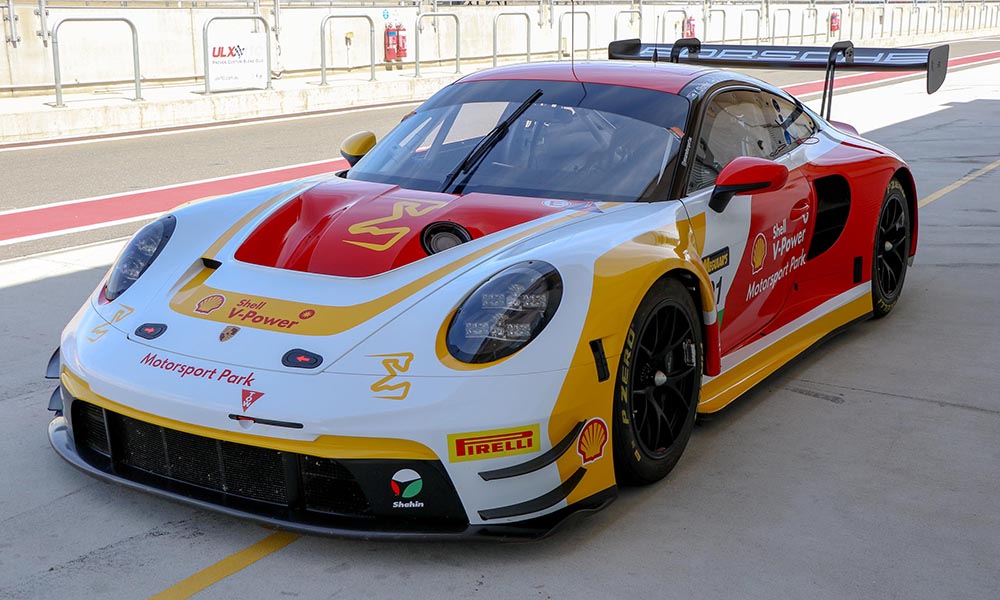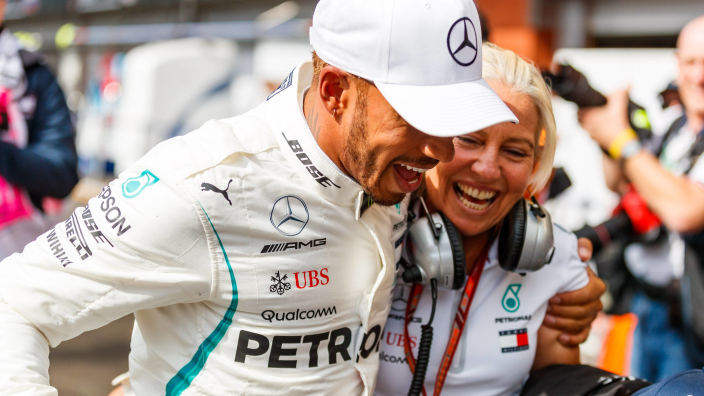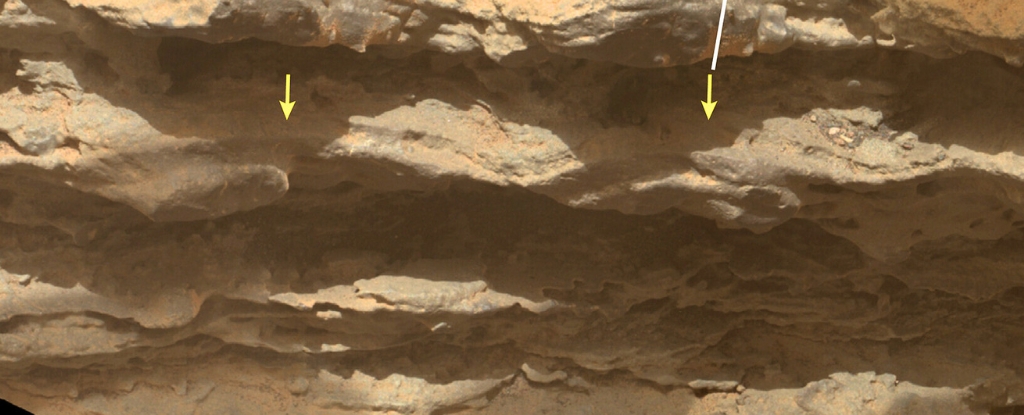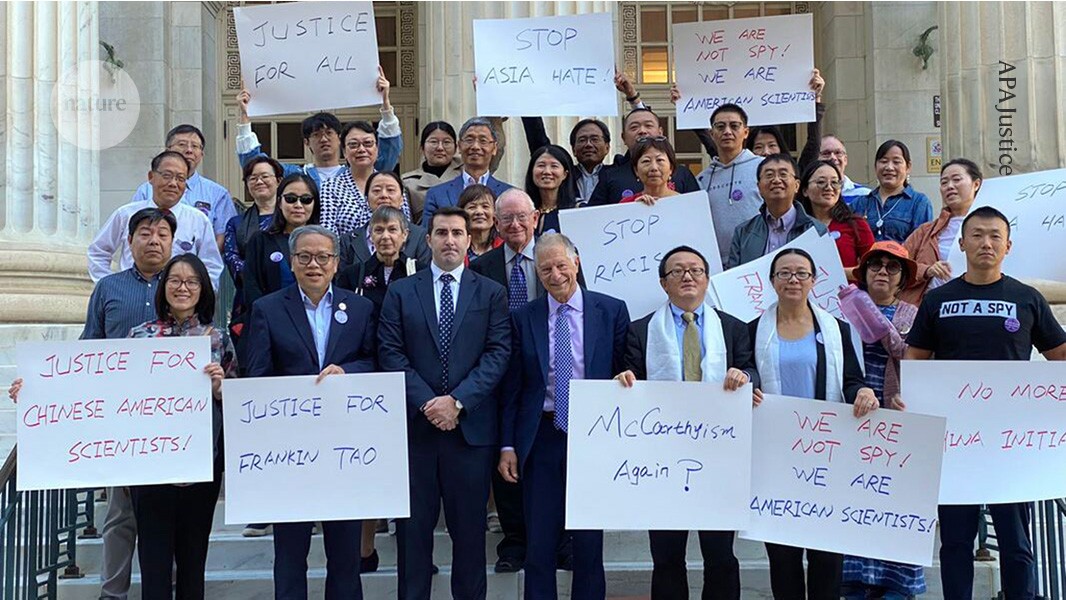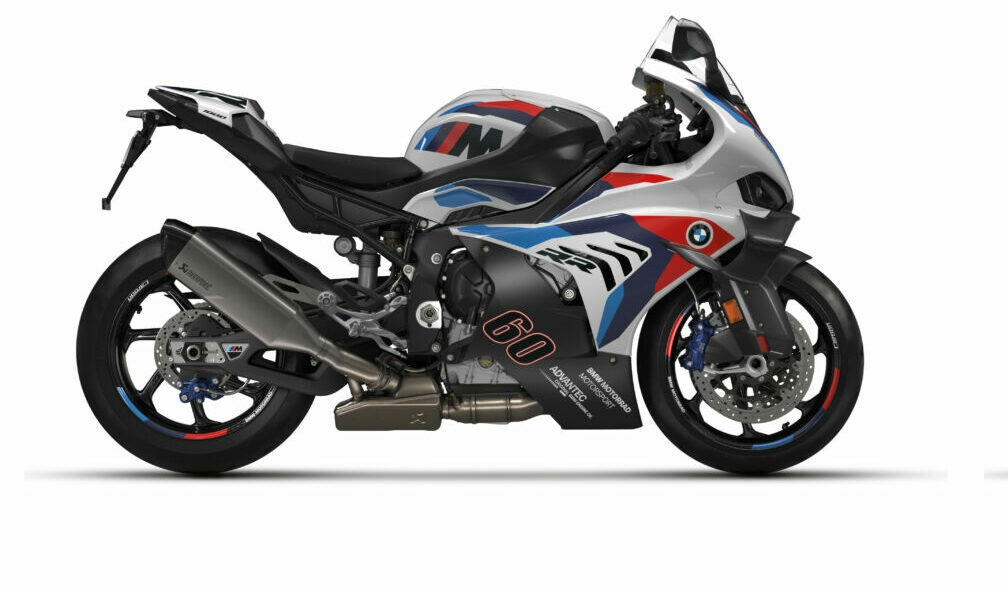OMV excise duty revision deferred to Jan 2026 – CKD car prices up by 10-30% next year if ruling maintained
So, the big day came and gone without a change to car prices. We’re talking about the deferment of the implementation of the Excise (Determination of Value of Locally Manufactured Goods for the Purpose of […] The post OMV excise duty revision deferred to Jan 2026 – CKD car prices up by 10-30% next year if ruling maintained appeared first on Paul Tan's Automotive News.

So, the big day came and gone without a change to car prices. We’re talking about the deferment of the implementation of the Excise (Determination of Value of Locally Manufactured Goods for the Purpose of Levying Excise Duty) Regulations 2019, which expired on December 31, 2024. We’ll call it open market value (OMV) excise duty revision – more on this later.
By right, without yet another deferment, the then Pakatan Harapan government’s new ruling would have pushed prices of CKD locally assembled cars up by 8% to 20%. Since we didn’t get a flurry of new price updates from the carmakers, it is assumed that the auto industry managed to secure a stay of execution, so to speak.
This has now been confirmed by Malaysian Automotive Association (MAA) president Mohd Shamsor Mohd Zain, who said that as things stand, the ‘402’ (Customs Gazette PU A 402) will be implemented by January 2026. This means a one-year deferment.
“We are very concerned. Based on our understanding right now the 402 will be implemented by January 2026. If that really happens, there will be an average price increase of between 10% to 30% for CKD cars,” he said at today’s MAA briefing on the industry’s 2024 performance. “As far as MAA is concerned, we are now looking into ways on how we can engage further (with the government), we will continue the engagement before the deadline,” he added.
An increase of 10% to 30% is huge, but carbuyers won’t be the only ones affected – it would be a big blow to the entire Malaysian auto industry.
“If that (OMV revision) happens, there will be a lot of spiral down effects for the future years, in terms of lower sales, lower volume, especially for CKDs. It will also have an impact on our local industry, especially our suppliers. There’s a lot of after effects that we’re concerned about. We will continue to engage and hopefully we’ll be able to get some kind of understanding and also an alternative way to overcome this,” the MAA chief said.
Here’s an explanation of the bullet we just dodged, and the timeline. The controversial ‘402’ – gazetted on the last day of 2019 – stipulated a new methodology of calculating a CKD vehicle’s open market value (OMV), which influences how much tax is to be paid and therefore, its selling price. OMV is defined as the final market value of a CKD vehicle ex-factory, before the government imposes excise duties on it.
It’s primarily made up of the cost of the CKD pack, cost of manufacturing and components as well as assembly and administration charges. Note that fully-imported (CBU) vehicles use a different system – prices for these are based on Cost, Insurance and Freight (CIF), on which import and excise duties are imposed.
The PH-era regulations set that in calculating OMV, one must take into account not just the profit and general expenses incurred or accounted in the manufacture of a vehicle, but also of its sale.
It was this ‘sale’ clause that got industry players up in arms, because it involved areas such as engineering, development work, art work, design work, plan and sketch, royalty payments and license fees (patent, trademark, copyright). Think of it as ‘factory costs’ plus ‘office costs’.
The regulations were supposed to come into force in 2020, but 22 days into that pandemic year, MAA announced that the finance ministry had deferred implementation to 2021. By end-2020, it was deferred again, and MAA appealed to the government in 2022 for continued deferment, which was successful – a two-year deferment was granted, until December 31, 2024. The latest deferment – confirmed today – is until December 31, 2025.
While carmakers and consumers can breathe a sigh of relief, this uncertainty isn’t good for a company’s planning, forecasting and operations. Without clarity, investments will also be hampered – you don’t want to invest in local production and ‘live on the edge’ every December hoping for the best, do you? No exaggeration here – the second deferment was announced just two days before 2021 ended!
If prices of CKD cars do go up by as much as 30%, perhaps carmakers will not bother with the hassle of local production and just bring in CBU imports – this would be a loss for the industry and country. Yes, the government would collect more taxes with the revised OMV in the short term, but if higher prices damage sales volume, production and eventually job opportunities for the rakyat, it could be an example of being penny-wise but pound-foolish.
Perhaps the subsequent administrations after Pakatan Harapan do see the logic behind MAA’s argument, hence the constant stays of execution, but annual deferments surely isn’t the way to go – this needs to be reversed.
The post OMV excise duty revision deferred to Jan 2026 – CKD car prices up by 10-30% next year if ruling maintained appeared first on Paul Tan's Automotive News.
What's Your Reaction?































